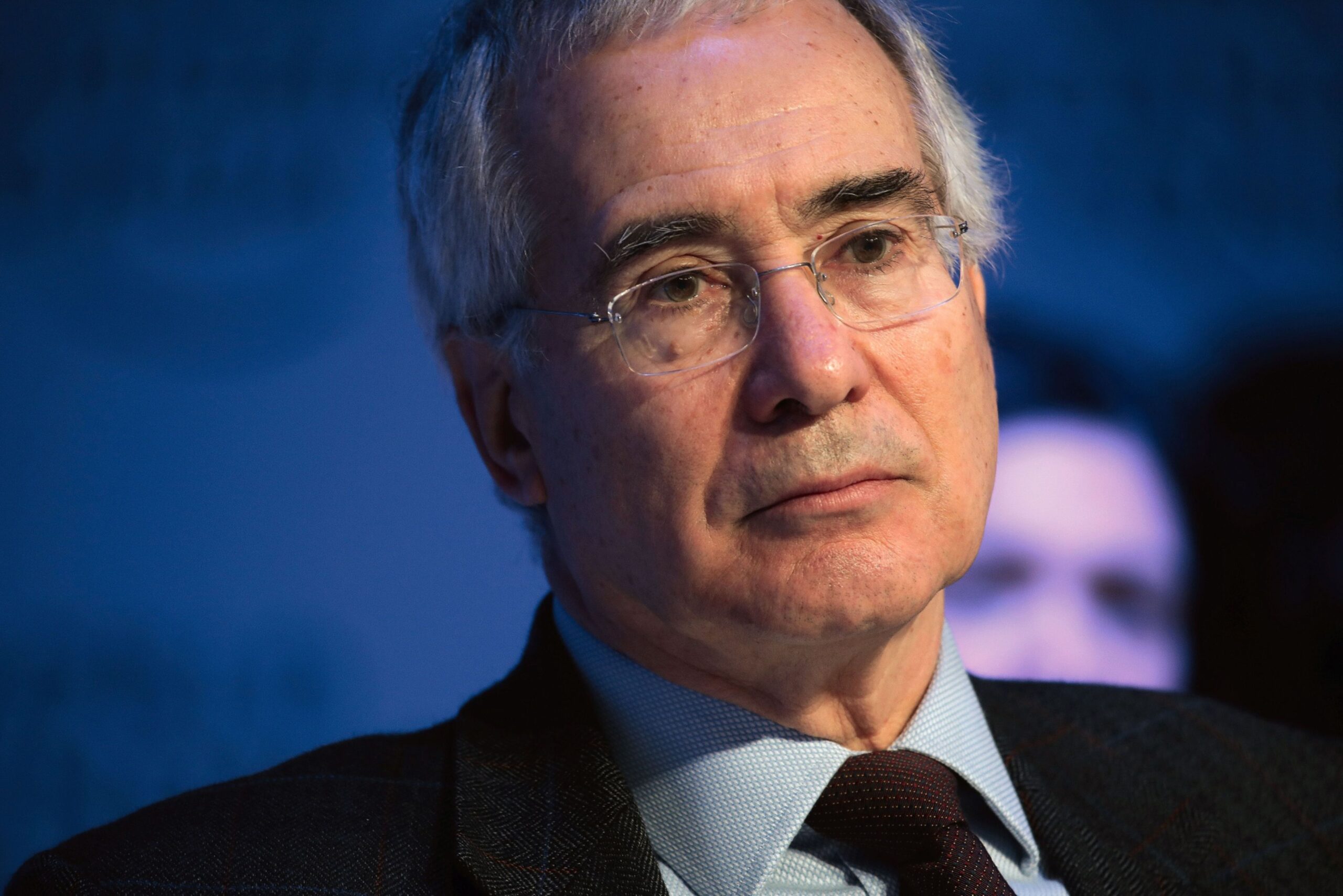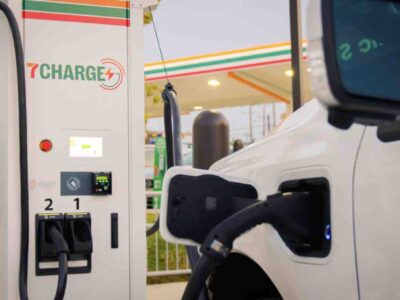Bloomberg Green: I want to go back to your 2006 report, The Economics of Climate Change, which said climate was the biggest market failure the world has ever seen. Sitting here now in the middle of the coronavirus crisis, where countries are developing rescue packages on a scale never seen before, do you still think that statement is true?
Nicholas Stern: Yes, I do. Because what we’re talking about with climate change is the way in which markets give the wrong signals. This Covid crisis is a different story. Serious though it is, it may last for, let’s say, a couple of years or so. A climate crisis would be much bigger, much longer-lasting. All people are involved in creating emissions, and everyone is going to suffer the consequences.
BG: You’ve been a proponent of green stimulus for a long time, and now it’s a hot topic. Countries are designing recovery packages. What could be the simplest to deploy for the biggest reward?
NS: You’re looking for something that has a rapid effective response now, and then sets you off on a good path. You want investments that are labor-intensive so they have a substantial effect on employment. And you want big multipliers.
Fortunately, there’s so much you can do that fits that bill extremely well. You look at retrofitting buildings. You look at investing in cycling and pedestrianization in towns. You look at broadband connections and cabling, electric-vehicle charging stations, rooftop solar. So much of what’s necessary in energy and transport fits the bill. And there, the sustainable story is extremely powerful.
BG: The Covid crisis presents a particularly difficult dilemma for cities. Public transport is no longer attractive—in fact, people have been told not to use it. But it’s also one of the most important measures for tackling climate change. What can countries do to deal with this?
NS: There are the short-run things we were discussing earlier—making cities much more easy for cycling and pedestrians. In the U.K., [Secretary of State for Transport] Grant Shapps announced resources for helping with cycling and pedestrianization in cities. That’s an example of a response to the crisis that makes a lot of sense in the short run and in the long run.
But there’s a limit to what you can do very quickly. That’s going to be a difficult management problem for the next year until the vaccines and the treatments start to kick in. But that’s a bridging problem. The longer-term story is one where public transport will be extremely important.
Are you wanting to know if we’ll give up public transport forever?
BG: I’m concerned about public transport systems going bust because the numbers aren’t there.
NS: That’s exactly the kind of thing that we’re going to have to support.
Read More: Green Stimulus Proposals for a Post-Pandemic, Clean Energy Future
BG: So far governments have been using stimulus to increase liquidity, and that’s understandable. At what stage in the crisis would you expect to see governments announcing green stimulus measures? Is there a point at which it’s going to be too late?
NS: You’ve got to distinguish between the rescue and the recovery. The rescue is keeping people at work, stopping the economy imploding, protecting the most vulnerable groups. And that is something that’s immediate and which governments around the world absolutely are engaged in.
Then you move from rescue to recovery. It’s beginning. It’s beginning in South Korea, it’s beginning in China. It seems to be beginning in Germany, as well. So I think you’re going to start to see these things coming through.
BG: Is there a point at which it could be too late?
NS: We’re not too late now. We have to realize that the world is at real risk of a great depression. This is much bigger than the global financial crisis. That was the financial systems and rich countries with some knock-on effects around the world; this is a much bigger plunge in output, and it’s occurring in every country. So this is actually something we haven’t experienced before. We’ve got to really act strongly and on scale.
BG: You talked about the 2008 crash. During that crisis we saw some investments in green stimulus—for example, in South Korea—and that was very successful. Are you optimistic that this time around we’re going to see more green stimulus?
NS: Yes. Because if you take the last 10 years, the technology has increased quite fantastically in terms of cutting costs of renewables and moving strongly toward electric vehicles. You probably remember the runup to Davos in January, Microsoft committed to net zero, but also to covering past emissions. Other financial firms are going to net zero in their portfolios. Now 100 or so governments have committed to go net zero. And on top of that, you’ve got the arguments I was just giving: that so much of the sustainable investments we need to make satisfy the criteria for recovery. Fast, labor-intensive, big multipliers.
BG: What are the biggest obstacles to enacting green stimulus?
NS: There’s a danger that [fossil fuel and other] lobbyists—who have lost the argument, essentially—will try to take advantage of the situation to say that [investing in polluting industries] is a good way to pick up employment. There are dangers that people want to regress rather than move forward.
That’s a seriously bad idea, because the jobs of the 20th century are not the jobs of the 21st century. Stranded assets mean stranded jobs, so we should be building back jobs with really secure futures—and also, as I keep emphasizing, fast, labor-intensive, and big multipliers, because those are ways of getting back quickly.





